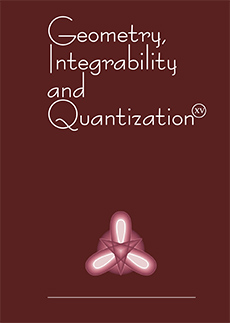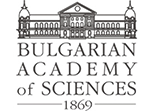Abstract
Quantum holography is a well established theory of mathematical physics based on harmonic analysis on the Heisenberg Lie group G. The geometric quantization is performed by projectivization of the complexified coadjoint orbit picture of the unitary dual $\hat{G}$ of $G$ in order to achieve a geometric adjustment of the quantum scenario to special relativity theory. It admits applications to various imaging modalities such as synthetic aperture radar (SAR) in the microwave range, and, most importantly for the field of non-invasive medical diagnosis, to the clinical imaging modality of magnetic resonance tomography (MRI) in the radiofrequency range. Quantum holography explains the quantum teleportation phenomenon through Einstein-Podolsky-Rosen (EPR) channels which is a consequence of the non-locality of phase coherent quantum field theory, the concept of absolute simultaneity of special relativity theory which provides the Einstein equivalence of energy and Fitzgerald-Lorentz dilated mass, and the perfect holographic replication process of molecular genetics. It specifically reveals what was before unobservable in quantum optics, namely the interference phenomena of matter wavelets of Bose-Einstein condensates, and what was before unobservable in special relativity, namely the light in flight (LIF) recording processing by ultrafast laser pulse trains. Finally, it provides a Lie group theoretical approach to the Kruskal coordinatized Schwarzschild manifold of quantum cosmology with large scale applications to general relativity theory such as gravitational instanton symmetries and the theory of black holes. The direct spinorial detection of gravitational wavelets emitted by the binary radio pulsar PSR 1913+16 and known only indirectly so far will also be based on the principles of quantum holography applied to very large array (VLA) radio interferometers.
Information
Digital Object Identifier: 10.7546/giq-2-2001-110-150


